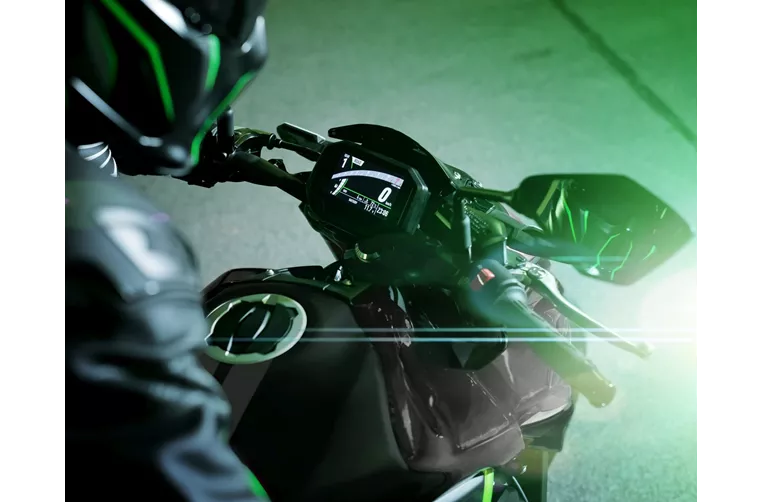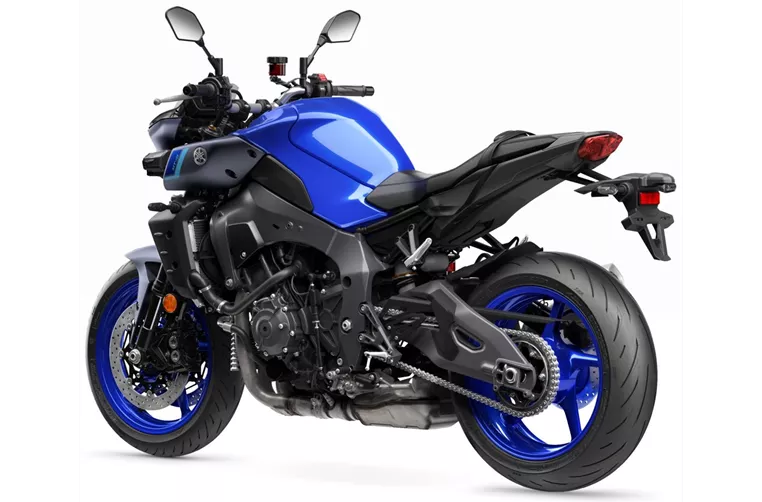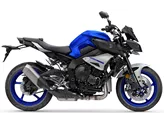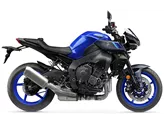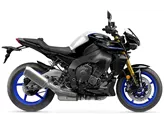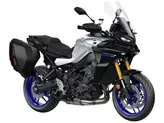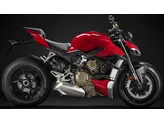Kawasaki Z900 2023 vs. Yamaha MT-10 2022
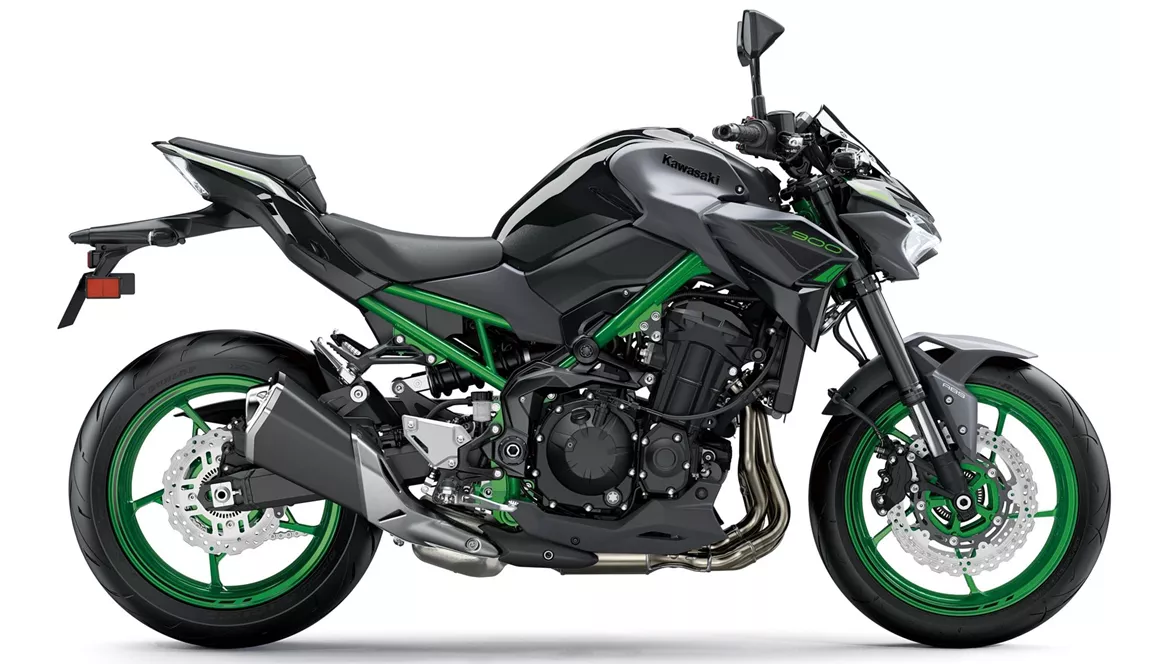
Kawasaki Z900 2023
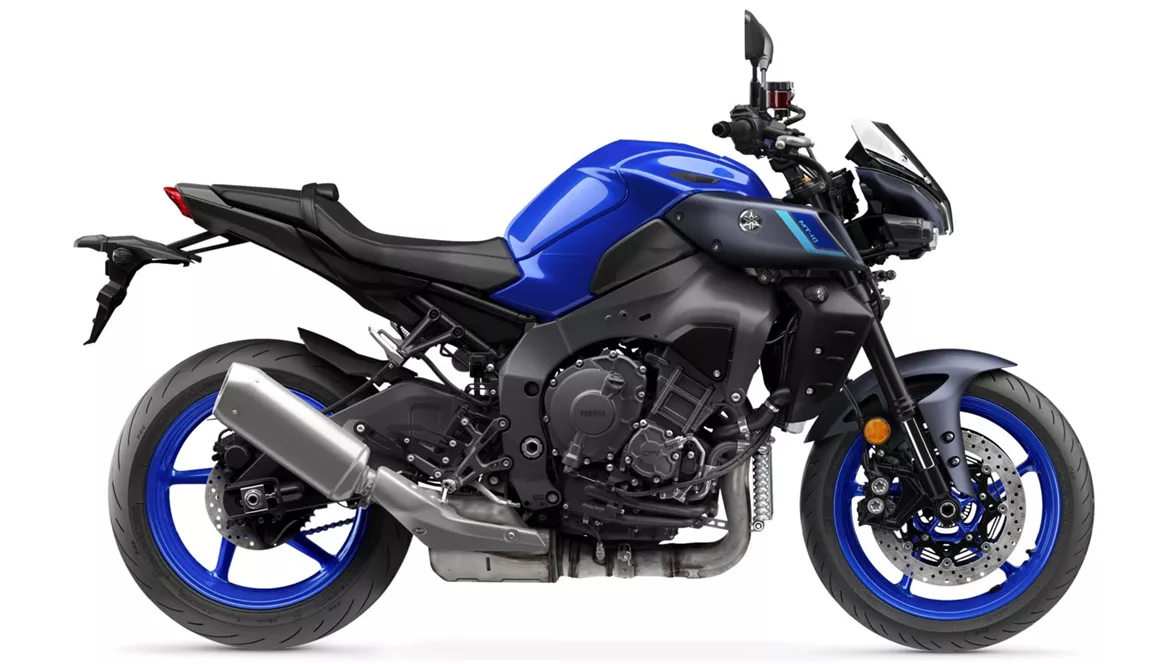
Yamaha MT-10 2022
Vue d’ensemble - Kawasaki Z900 2023 vs Yamaha MT-10 2022
The Kawasaki Z900 2023 and the Yamaha MT-10 2022 are both powerful naked bikes with impressive technical specifications. While the Z900 has an engine power of 125 HP and torque of 98.6 Nm, the MT-10 boasts a higher engine power of 166 HP and torque of 112 Nm. Both bikes have inline 4-cylinder engines and use fuel injection for efficient performance. They also feature liquid cooling to prevent overheating during long rides.
In terms of suspension, both bikes have upside-down telescopic forks in the front and swing arm suspension in the rear. The Z900 offers adjustment options for preload and rebound in both the front and rear suspension, while the MT-10 provides additional compression adjustment. The rear suspension of both bikes is supported by a monoshock, with the Z900 using an aluminum shock absorber and the MT-10 featuring a monoshock with compression, preload, and rebound adjustment.
When it comes to the chassis, the Z900 has a steel frame with a double cradle design, providing stability and durability. On the other hand, the MT-10 features an aluminum frame with a Deltabox design, which offers lightweight construction and enhanced agility.
In terms of braking, both bikes have double disk brakes in the front with a diameter of 300 mm for the Z900 and 320 mm for the MT-10. They both utilize four-piston calipers for efficient stopping power. The Z900 employs petal technology for its front brakes, while the MT-10 uses radial technology.
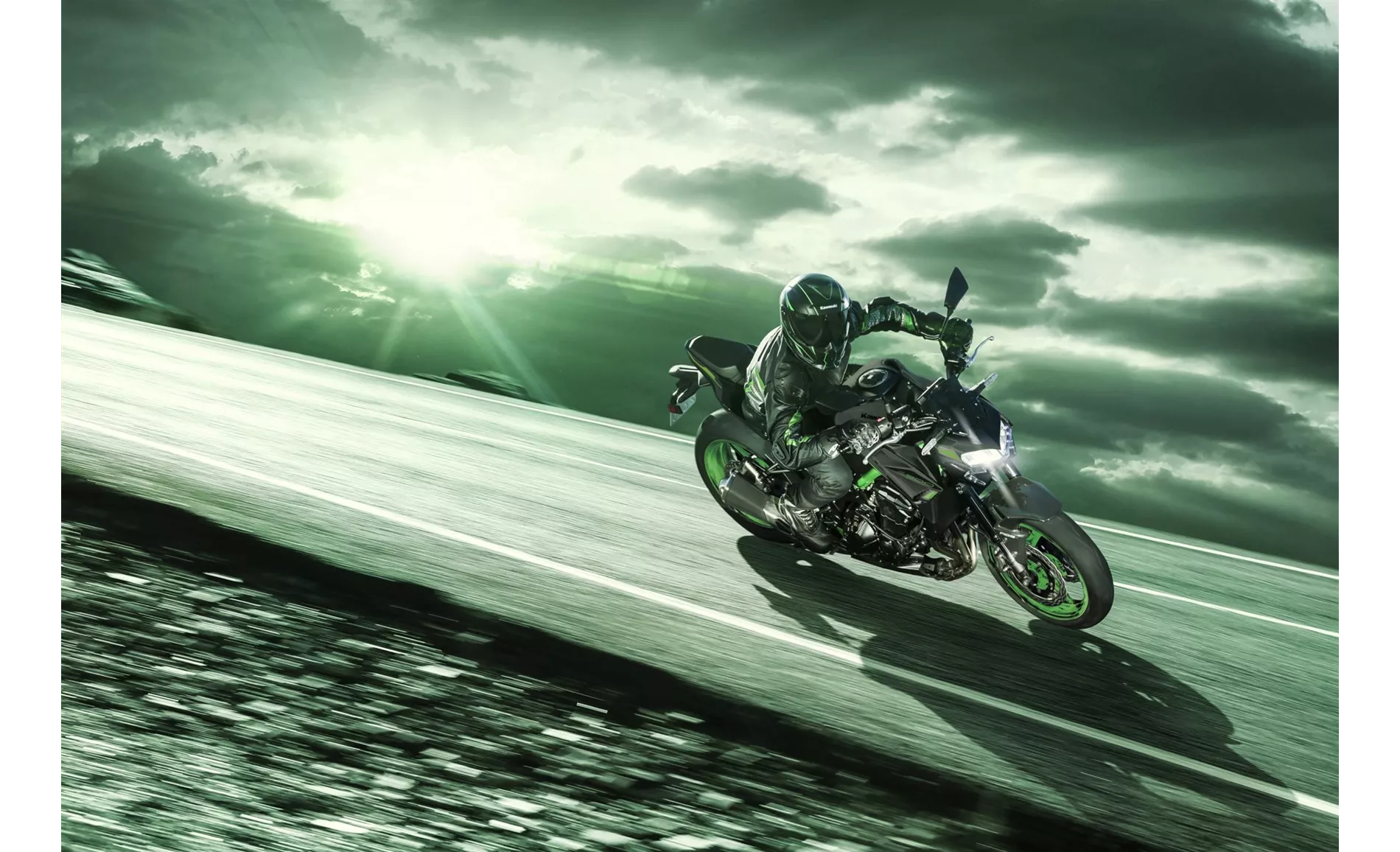
Kawasaki Z900 2023
Both the Z900 and the MT-10 come equipped with advanced rider assistance systems such as ABS, riding modes, and ride by wire technology. The MT-10 offers additional features including cornering ABS, a shift assistant with blipper, cruise control, traction control, and anti-wheelie systems. The Z900 lacks slope-dependent assistance systems, which may be a drawback for some riders.
In terms of dimensions and weights, the Z900 has a front tire width of 120 mm and a rear tire width of 180 mm, while the MT-10 has a slightly wider rear tire with a width of 190 mm. Both bikes have a 17-inch front and rear tire diameter. The Z900 has a longer wheelbase of 1450 mm compared to the MT-10's 1405 mm. The seat height of the Z900 is 795 mm, while the MT-10 offers a slightly higher seat height of 835 mm. Both bikes have a kerb weight of 212 kg with ABS.
In terms of equipment, both bikes feature LED headlights and a TFT display for clear visibility and modern aesthetics. The Z900 also includes LED daytime running lights, while the MT-10 does not. The MT-10 has a distinctive look that sets it apart from the Z900, and its gauges are easy to read.
In terms of strengths, the Z900 offers light and natural handling with high stability, thanks to its chassis design and suspension setup. It also has a silky engine that delivers full pull from low revs, providing a smooth and enjoyable riding experience. The seating position of the Z900 is comfortable and offers a feel-good factor. Additionally, the Z900 is priced fairly, making it an attractive option for riders.
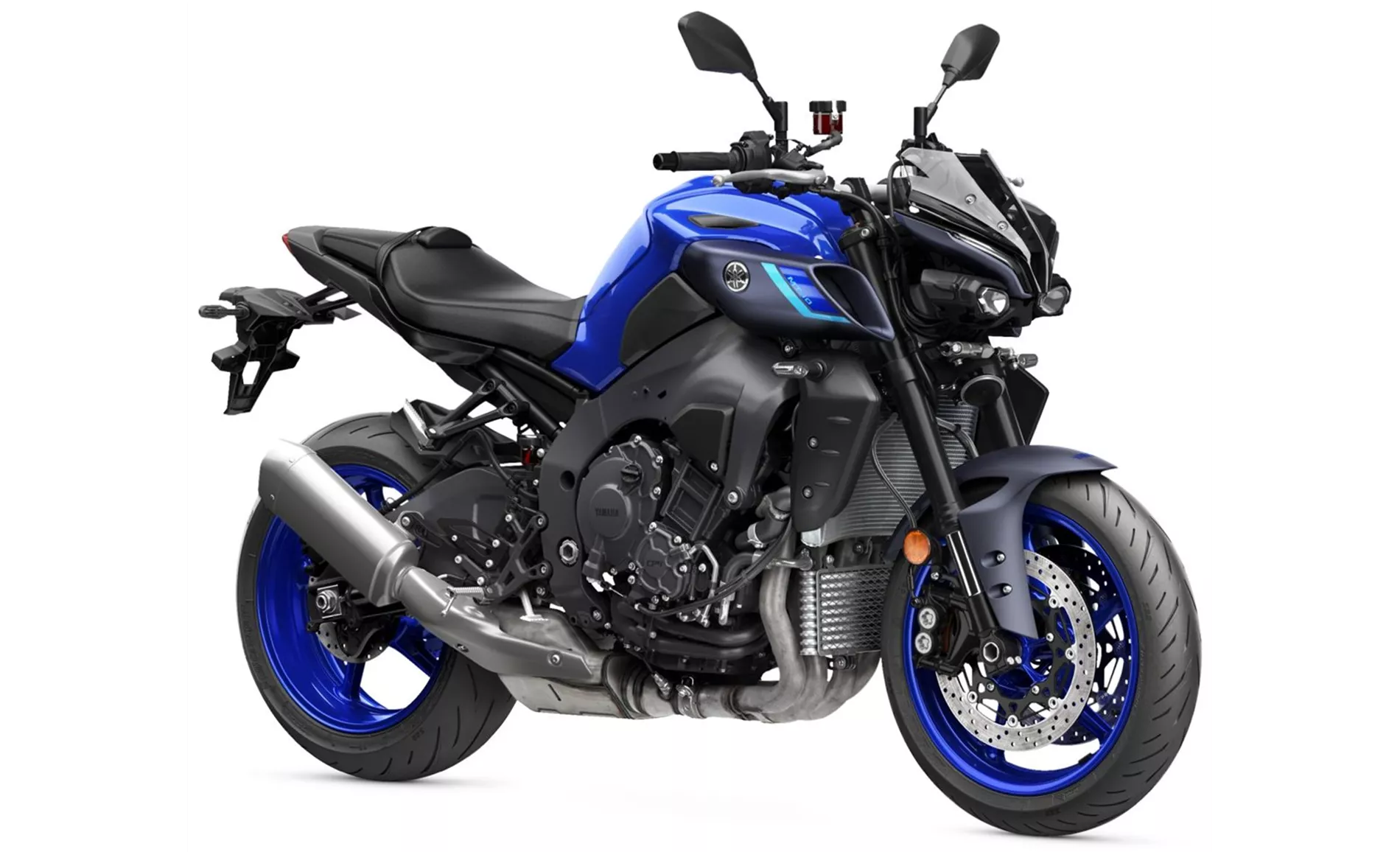
Yamaha MT-10 2022
On the other hand, the MT-10 has a lovely CP4 engine that delivers impressive performance. It also boasts a great electronics package, including cornering ABS, traction control, and anti-wheelie systems, enhancing safety and control. The MT-10 has a distinctive look that appeals to riders looking for a unique and eye-catching bike. The seating position of the MT-10 is comfortable, allowing for long rides without discomfort. The gauges on the MT-10 are easy to read, providing clear information to the rider.
In terms of weaknesses, the Z900 has a relatively cumbersome operation of the menu, which may be inconvenient for some riders. It also lacks slope-dependent assistance systems, which could be a drawback for riders who frequently ride on hilly terrains. Additionally, the Z900 has a high weight compared to its competitors, which may affect maneuverability for some riders.
The MT-10 has a few weaknesses as well. The clutch lever on the MT-10 is not adjustable, which may be a drawback for riders who prefer personalized ergonomics. The bike also lacks steel braided brake hoses, which could affect braking performance. The display on the MT-10 is somewhat small, which may make it harder to read for some riders.
In conclusion, both the Kawasaki Z900 2023 and the Yamaha MT-10 2022 are powerful naked bikes with their own strengths and weaknesses. The Z900 offers a smooth and stable ride with a fair price, while the MT-10 delivers impressive performance and a great electronics package. Riders should consider their priorities and preferences to choose the bike that best suits their needs.
Caractéristiques techniques Kawasaki Z900 2023 par rapport à Yamaha MT-10 2022
Avantages et inconvénients en comparaison
Avantages et inconvénients en comparaison
Kawasaki Z900 2023
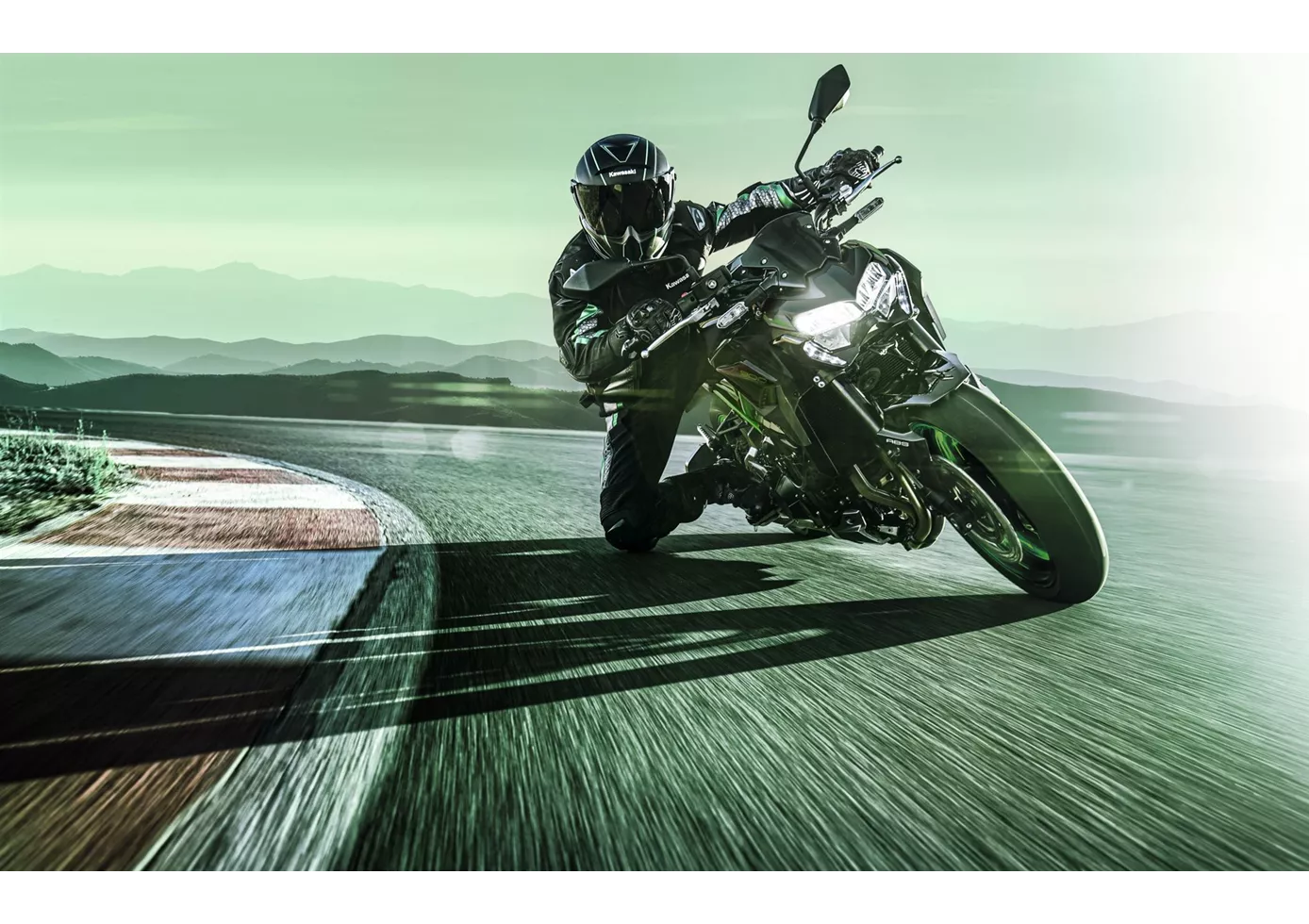
La Kawasaki Z900 n'est peut-être plus tout à fait à la hauteur en ce qui concerne les caractéristiques électroniques modernes dépendant de l'inclinaison, mais elle est relativement bon marché et il ne faut surtout pas sous-estimer la communauté des fans du bon vieux quatre cylindres en ligne - la Z900 est l'une des possibilités les plus avantageuses de posséder un moteur aussi formidable d'une cylindrée d'à peine un litre dans une naked bike sportive ! Le poids plus élevé est perceptible, mais pas massivement gênant, car la maniabilité et la stabilité sont tout à fait correctes. En ce qui concerne l'électronique "dépassée", le plus dérangeant est l'absence d'assistant de changement de vitesse, qui n'est même pas disponible en option. Mais dans l'ensemble, la Z900 est une superbe moto naked avec un excellent rapport qualité-prix.
Yamaha MT-10 2022
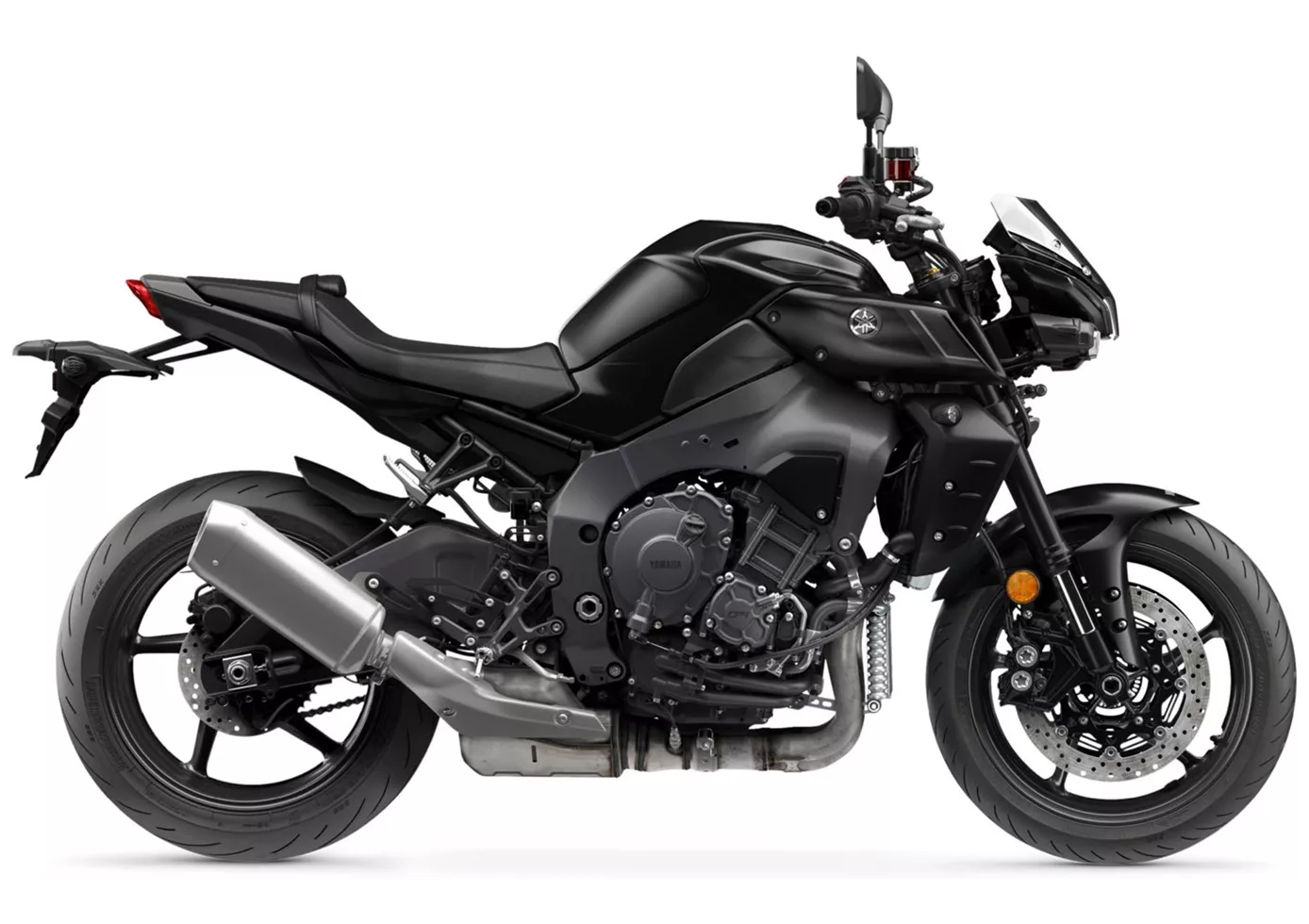
La nouvelle MT-10 est une évolution vraiment réussie de son prédécesseur, tout en restant parfaitement fidèle à son caractère. Le nouveau pack électronique avec une IMU à 6 axes est une merveille, toutes les caractéristiques sont si bien configurées et interagissent si bien que le pilote est assisté de manière optimale par l'électronique dans toutes les situations, sans être mis sous tutelle. Les autres composants du châssis et des freins sont tout à fait corrects et l'optique dans le style Mad Max-Brachialo a certes été un peu atténuée par rapport à la précédente, mais elle reste toujours unique et clairement reconnaissable comme MT-10.
Comparaison des prix Prix moyen du marché Kawasaki Z900 vs Yamaha MT-10
There are a few key differences between a Kawasaki Z900 2023 and a Yamaha MT-10 2022. In terms of price, the actual average price of a Yamaha MT-10 2022 is about 43% higher. Compared to Yamaha MT-10 2022 there are more Kawasaki Z900 2023 bikes available on the 1000PS.de Marketplace, specifically 187 compared to 76. It takes less time to sell a Kawasaki Z900 with 122 days compared to 151 days for a Yamaha MT-10. Since model year 2017 1000PS.de editors have written 46 reviews for the Kawasaki Z900 and 32 reviews for the Yamaha MT-10 since model year 2016. The first review for the Kawasaki Z900 was published on 11/11/2016 and now has more than 93,200 views. This compares to more than 20,700 views for the first review on Yamaha MT-10 published on 11/17/2015.
